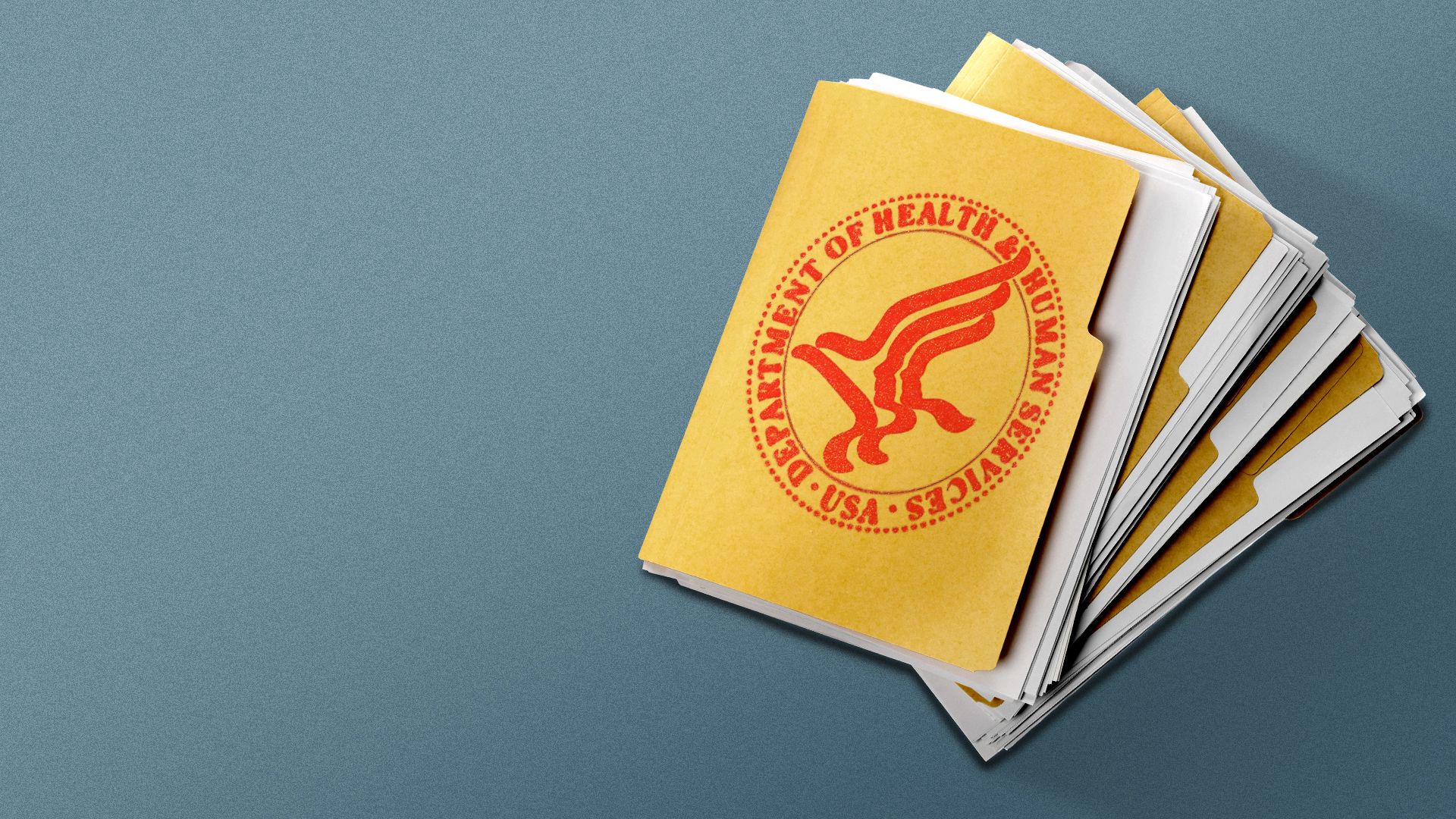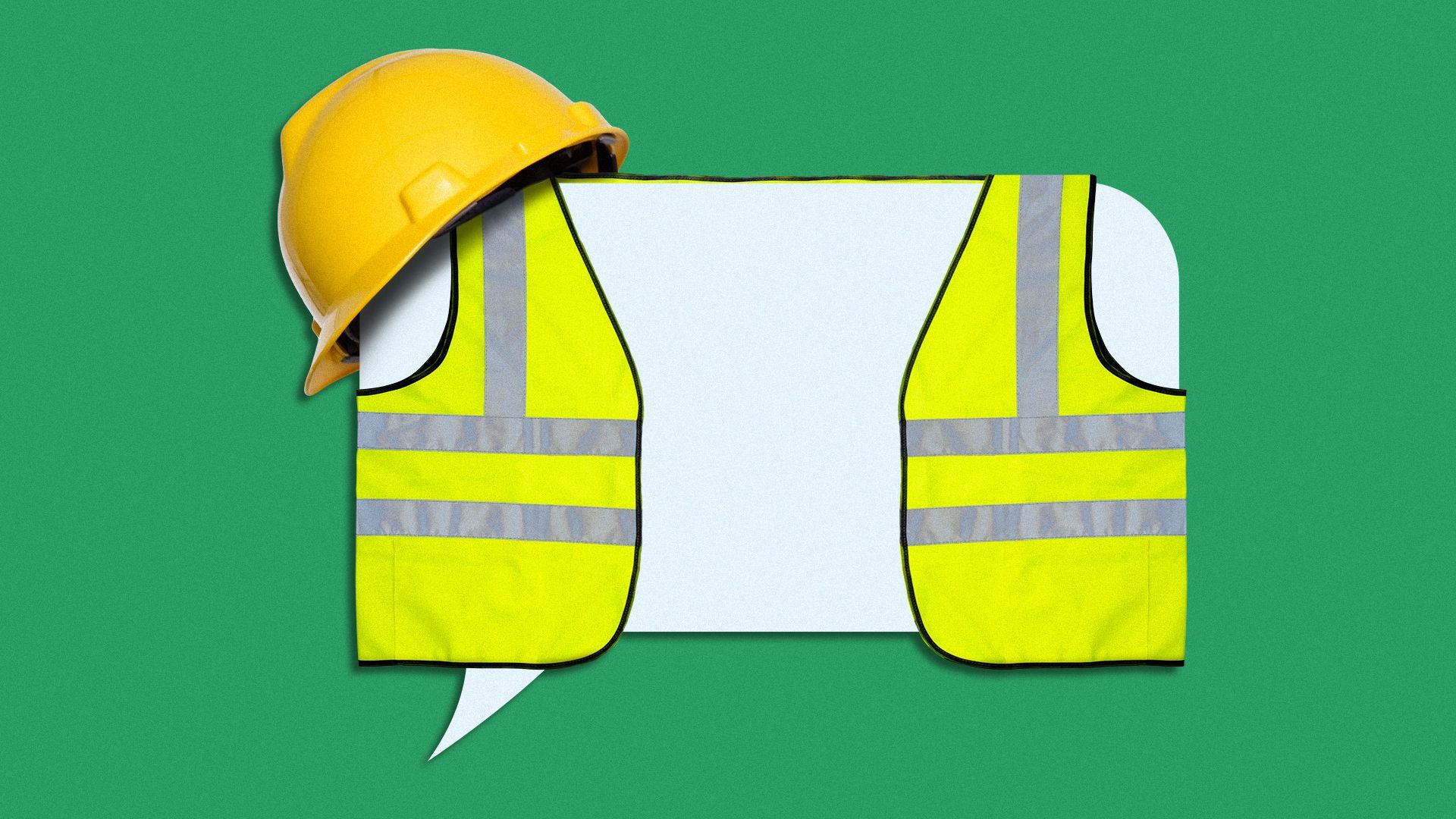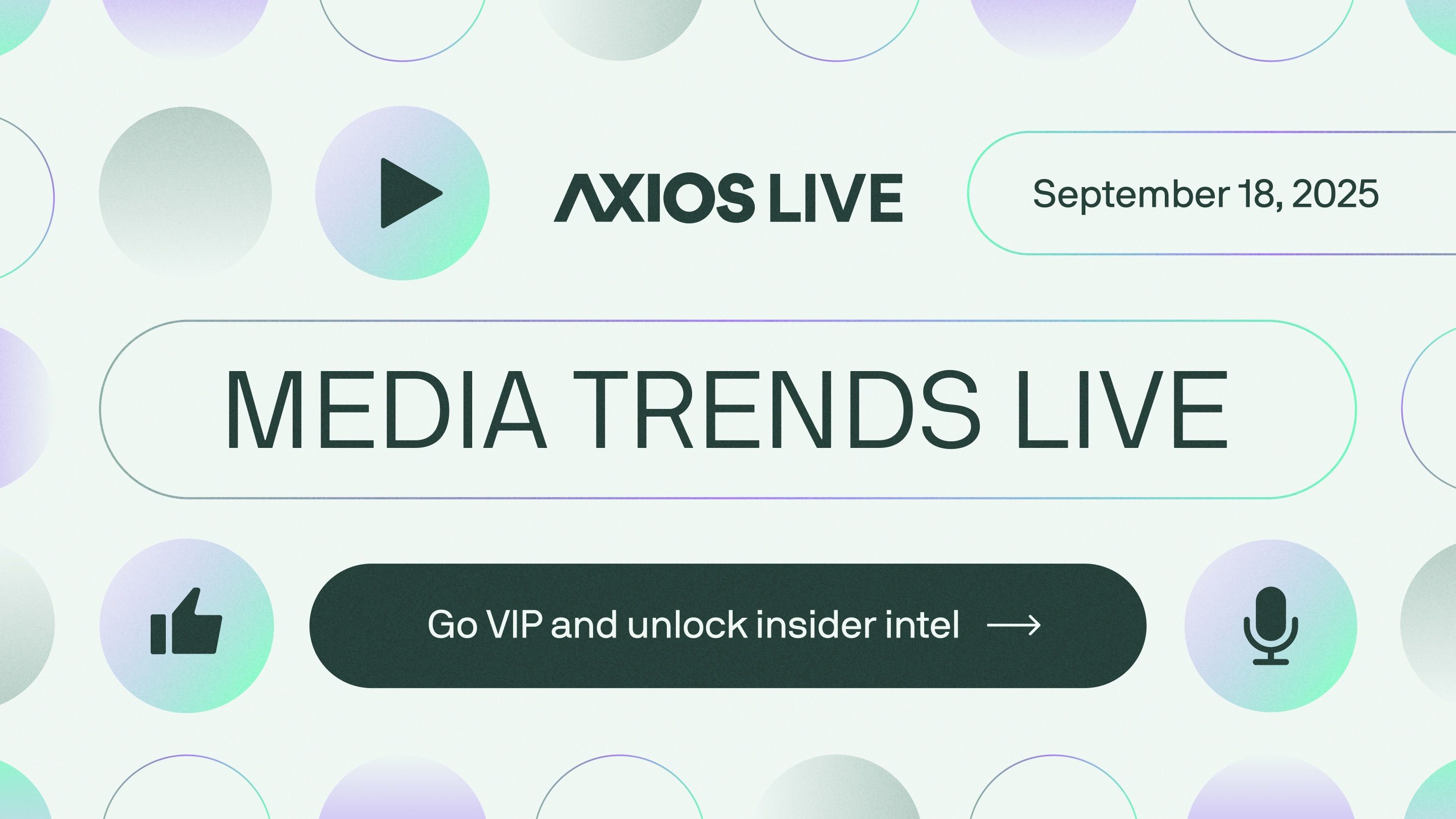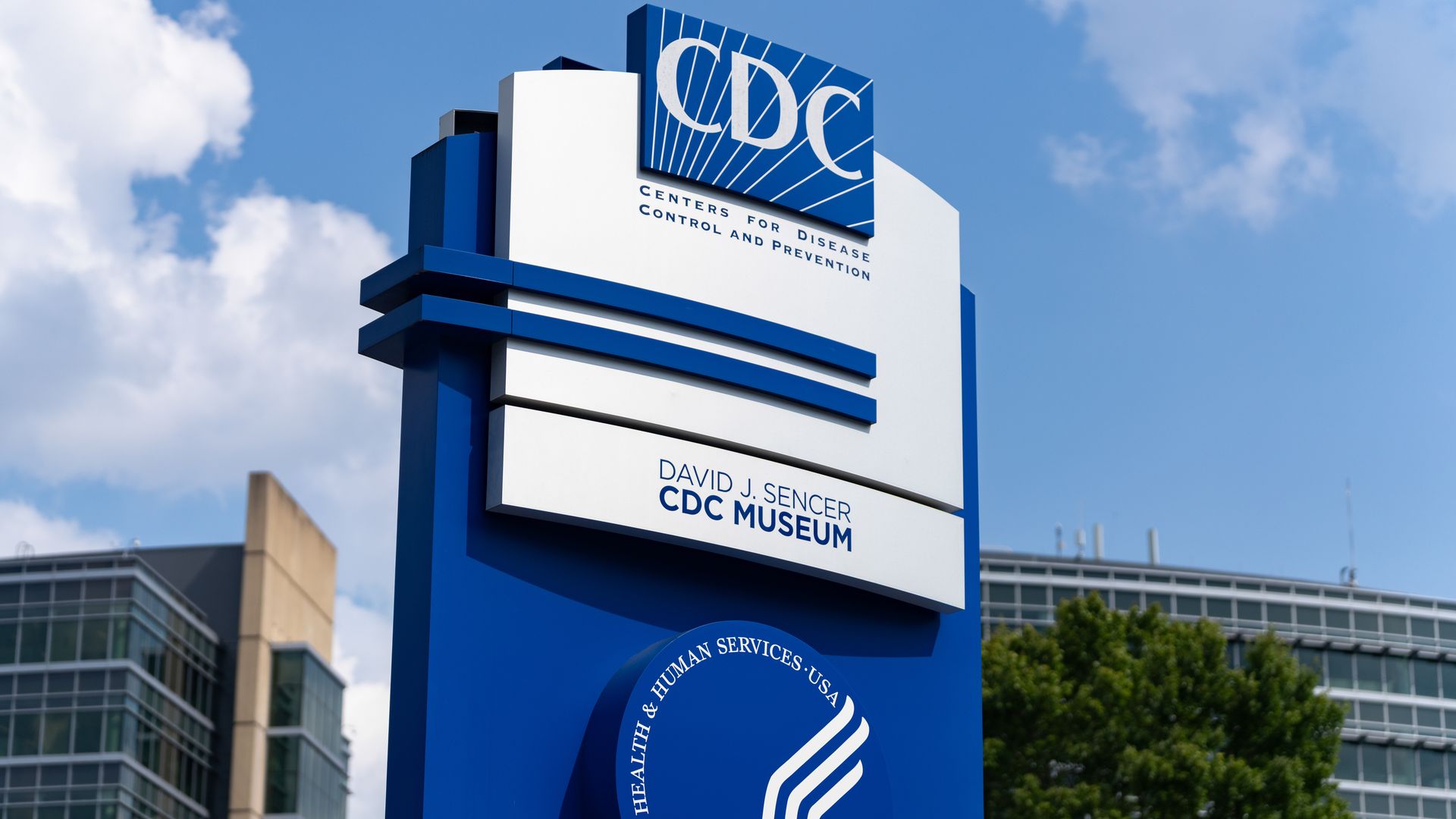|
||
| Axios Vitals | ||
| By Tina Reed and Maya Goldman · Aug 27, 2025 | ||
|
Halfway there, folks. Today's newsletter is 1,081 words or a 4-minute read. |
||
| 1 big thing: COVID booster outlook murky as cases rise | ||
| By Tina Reed | ||

|
||
|
Illustration: Allie Carl/Axios |
||
|
The outlook for COVID boosters has never been as uncertain with schools reopening, day cares filling up and respiratory virus season looming. The big picture: Health Secretary Robert F. Kennedy Jr. and other vaccine critics atop the federal health bureaucracy have cast doubts on the safety of the mRNA shots, narrowed CDC recommendations for who should get them and rejected broad approval of updated vaccines from Moderna and Novavax.
No one knows how this fall will go given uncertainty over further approvals, the new restrictions and the partisan environment. One report suggested the Trump administration could soon remove COVID-19 vaccines from the market. HHS declined to comment. Picture this: Public health officials in Texas are gearing up their annual outreach for fall immunizations, including social media campaigns and vaccine clinic schedules.
State of play: Both Moderna and Pfizer still are awaiting FDA approval for updated COVID-19 boosters targeting the LP.8.1 strain.
Yes, but: Among the questions is whether the shots will be licensed for children 6 months to 4 years old.
|
||
|
|
||
| 2. Sex ed funds targeted over "gender ideology" | ||
| By Adriel Bettelheim | ||

|
||
|
Illustration: Brendan Lynch/Axios |
||
|
HHS is threatening to pull more than $81 million in funding for 46 state and territorial programs aimed at preventing teen pregnancy and sexually transmitted infections unless they remove mentions of what officials called "gender ideology." Why it matters: It's a further escalation of the administration's crackdown on gender-affirming care that's included investigations of hospitals and new fights with blue states.
State of play: HHS' Administration for Children and Families yesterday gave the states and territories 60 days to remove all references to gender ideology in PREP educational materials.
HHS cited California for having curricula it said were outside of the program's authorizing statute, including lessons teaching students that gender identity is distinct from biological sex and that boys can identify as girls and vice versa.
|
||
|
|
||
| 3. AI chatbots inconsistent on suicide queries | ||

|
||
|
Illustration: Lindsey Bailey/Axios |
||
|
Three widely used AI chatbots generally performed well in a study when presented with high-risk questions about suicide that could encourage self-harm — but they were inconsistent with lower-risk queries, such as recommendations for someone having suicidal thoughts. Why it matters: Health officials have raised concerns that popular large language model-based chatbots could provide harmful advice to people experiencing mental health emergencies.
The study in the journal Psychiatric Services assessed ChatGPT, Anthropic's Claude and Google's Gemini. Researchers created a list of 30 questions related to suicide, assigned them different risk levels and ran them 100 times through ChatGPT, Claude and Gemini.
"This suggests a need for further refinement to ensure that chatbots provide safe and effective mental health information, especially in high-stakes scenarios involving suicidal ideation," said lead author Ryan McBain, a senior policy researcher at RAND. |
||
|
|
||
|
A MESSAGE FROM AXIOS |
||
| Be in the room where media's future is decided | ||

|
||
|
VIP tickets to Media Trends Live grant you front-row access to the biggest media trends, leaders, and decisions shaping 2025 and beyond. You'll also get exclusive access to the Axios Media Trends Executive membership which includes:
|
||
| 4. CDC pares back food surveillance | ||
| By Tina Reed | ||

|
||
|
Photo: Ben Hendren/Bloomberg via Getty Images |
||
|
A CDC food inspection program was pared back in July to monitor two pathogens — salmonella and Shiga toxin-producing E. coli — instead of the customary eight, NBC News reported. Why it matters: Food safety authorities told the outlet the change to the Foodborne Diseases Active Surveillance Network, or FoodNet, could make it harder to notice rising cases. The effort gathers surveillance data from 10 state health departments.
"Although FoodNet will narrow its focus to Salmonella and STEC, it will maintain both its infrastructure and the quality it has come to represent," a CDC spokesperson told NBC, pointing to states and other bodies that monitor for those pathogens and can report to the feds. |
||
|
|
||
| 5. Catch up quick | ||

